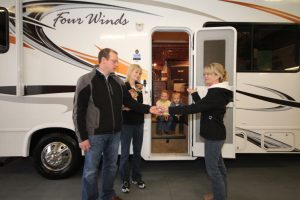Outdoor spaces have become an integral part of modern living, offering a place for relaxation, entertainment, and recreation. The right choice of play outdoor equipment can significantly enhance the functionality and appeal of your outdoor area. When integrated into a well-thought-out playground design, these elements add visual interest, ensure safety, and encourage active lifestyles. With the right balance of creativity and practicality, your outdoor space can become a haven for everyone to enjoy.
Outdoor design goes beyond aesthetic appeal—it’s about creating an environment that blends beauty, comfort, and functionality. Whether working with a sprawling backyard or a compact courtyard, thoughtful design can elevate your space into a personalised retreat. Design elements such as seating areas, water features, or garden paths can make your outdoor area more inviting while reflecting your personality and lifestyle.
Before diving into the details, begin by visualising how you want your space to feel and function. Are you creating a play zone for kids, a tranquil garden, or an entertainment hub for guests? Defining your goals will help you make design decisions that align with your vision. Consider durable, safe, and aesthetically pleasing equipment like climbing frames, swings, or slides for family-friendly spaces. Pair these with well-planned landscaping to create a cohesive design.
Outdoor spaces often need to serve multiple purposes. For instance, a well-placed deck can double as a dining area and a play zone for kids. Similarly, installing shade structures or pergolas can protect against harsh sunlight while adding architectural interest. Incorporating greenery like hedges or vertical gardens can create natural boundaries and enhance privacy.
Lighting is another crucial element in outdoor design. Strategically placed lights can highlight key features, such as pathways, trees, or water elements while ensuring safety after dark. Solar-powered lights are an eco-friendly choice that combines functionality with sustainability.
Safety is paramount when designing outdoor spaces, especially those catering to children. Play outdoor equipment should meet safety standards, ensuring it’s free from sharp edges and hazardous materials. Soft surfacing materials, such as rubber mulch or synthetic turf, can cushion falls and reduce the risk of injury. Besides, maintaining clear sightlines allows for better supervision, ensuring everyone can enjoy the space worry-free.
Proper spacing is essential for playground designs to prevent overcrowding and accidents. Keeping equipment at safe distances and ensuring adequate drainage can improve usability and safety during wet conditions. Regular maintenance is also key—check for wear and tear and address any issues promptly to keep the area safe and appealing.
Nature-inspired designs bring a calming and restorative vibe to outdoor spaces. Incorporating native plants and trees enhances the beauty of your space and supports local wildlife. Create cozy nooks with flowering shrubs, or use stone pathways to lead visitors through your garden. Water features like small ponds or fountains can add a tranquil ambience and be a focal point for your design.
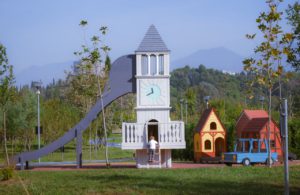 Consider integrating multifunctional features, such as garden beds that double as seating areas or trellises with flowering vines for shade. These elements enhance usability while blending seamlessly into the natural environment.
Consider integrating multifunctional features, such as garden beds that double as seating areas or trellises with flowering vines for shade. These elements enhance usability while blending seamlessly into the natural environment.
Sustainability is a growing trend in outdoor design, with eco-friendly materials and practices taking centre stage. From reclaimed wood for furniture to permeable paving that reduces water runoff, there are many ways to design sustainably. Incorporating rainwater harvesting systems or drought-resistant plants can further reduce the environmental impact of your outdoor space. Outdoor equipment made from recycled materials is another excellent way to combine sustainability with functionality. These options minimise waste and promote responsible design choices that future generations can appreciate.
Adding personal touches to your outdoor design can make the space uniquely yours. Consider custom-built features, such as a fire pit for cozy gatherings or a treehouse for kids. Choose colours and materials that reflect your style, whether a rustic wooden bench or sleek metal furniture.
Decorative accents like outdoor rugs, cushions, or sculptures can add personality and warmth. These elements bring indoor comfort to your outdoor space, creating a seamless flow between the two areas.
Plan for year-round usability to get the most out of your outdoor space. Adding heating elements, such as outdoor fireplaces or patio heaters, ensures comfort during cooler months. In summer, shade sails or retractable awnings provide relief from the sun. Selecting weather-resistant materials for furniture and equipment ensures durability, no matter the season.
For multifunctional spaces, consider portable or modular furniture that can be easily rearranged to suit different needs. This flexibility allows you to adapt your outdoor area as your preferences or family dynamics change.
Well-designed outdoor spaces enhance your lifestyle by encouraging outdoor activities and fostering social connections. Whether it’s a casual barbecue with friends or a quiet evening under the stars, these spaces create opportunities for memorable moments. Children benefit from engaging in play areas that promote physical activity and creativity, while adults enjoy the therapeutic effects of nature.
A thoughtfully designed outdoor space can increase the value of your property. From boosting curb appeal to extending usable living space, outdoor design is an investment that pays off in many ways.
Transforming your outdoor space is about more than aesthetics— creating a functional and inviting environment that aligns with your needs and values. By carefully selecting play outdoor equipment, prioritising safety in your playground design, and incorporating elements of nature and sustainability, you can create a space that enhances your lifestyle and leaves a lasting impression. With the right approach, your outdoor area can become a valid extension of your home—where creativity, relaxation, and connection thrive.

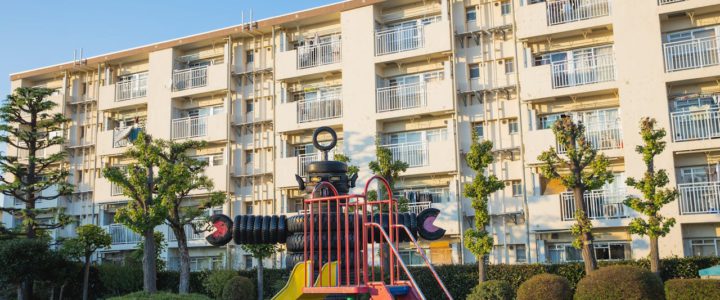
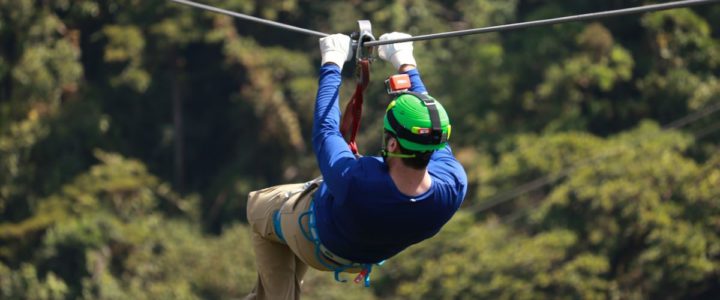
 Ziplines have existed for centuries in one form or another. However, they didn’t gain popularity until the ’70s when wildlife biologists working in Central America began pruning cables from tree to tree to easily manoeuvre the tropical rainforest canopy. That system allowed scientists to examine the local ecosystems without destroying the flora and fauna on the rainforest floor. This led to the first rise in canopy and zipline tours — as a way of eco-tourism.
Ziplines have existed for centuries in one form or another. However, they didn’t gain popularity until the ’70s when wildlife biologists working in Central America began pruning cables from tree to tree to easily manoeuvre the tropical rainforest canopy. That system allowed scientists to examine the local ecosystems without destroying the flora and fauna on the rainforest floor. This led to the first rise in canopy and zipline tours — as a way of eco-tourism.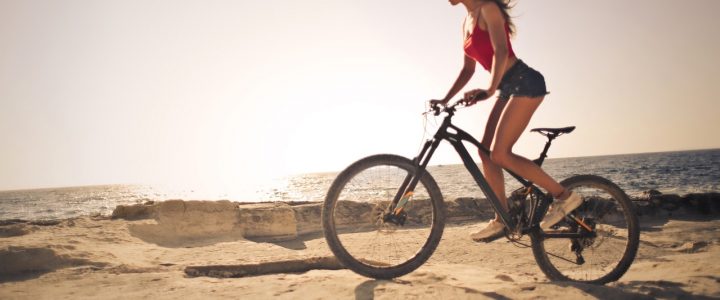

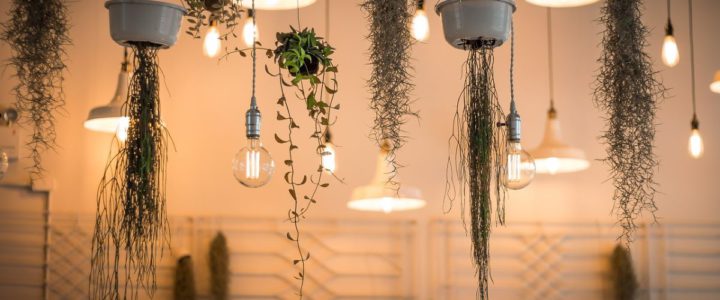
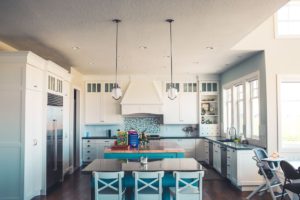 Neutral colour palettes have a timeless appeal that transcends fads and fashions. Colours like white, beige, grey, and muted earth tones create a sense of calm and sophistication in any space. These hues serve as the perfect backdrop for a wide range of design styles, from traditional to modern.
Neutral colour palettes have a timeless appeal that transcends fads and fashions. Colours like white, beige, grey, and muted earth tones create a sense of calm and sophistication in any space. These hues serve as the perfect backdrop for a wide range of design styles, from traditional to modern.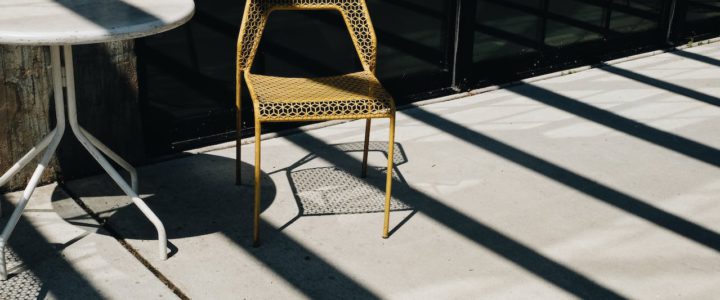


 Combining elements of classic Halloween characters, the Corpse Bride Zombie is both eerie and beautiful. Achieve a ghostly, ethereal appearance by putting on a pale base, then accentuate your eyes with dark, dramatic makeup. For an added touch of haunting elegance, consider using
Combining elements of classic Halloween characters, the Corpse Bride Zombie is both eerie and beautiful. Achieve a ghostly, ethereal appearance by putting on a pale base, then accentuate your eyes with dark, dramatic makeup. For an added touch of haunting elegance, consider using 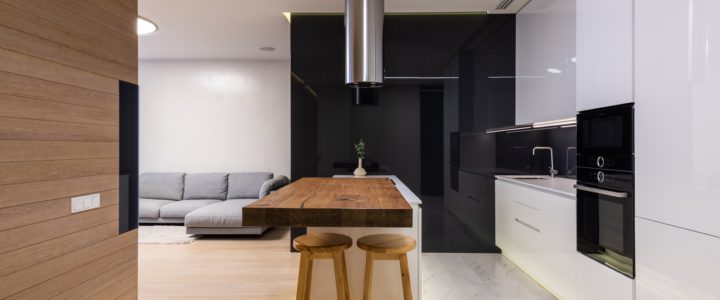
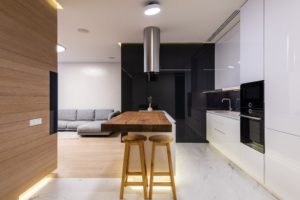




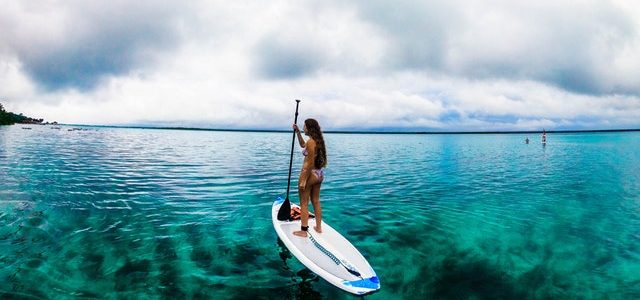
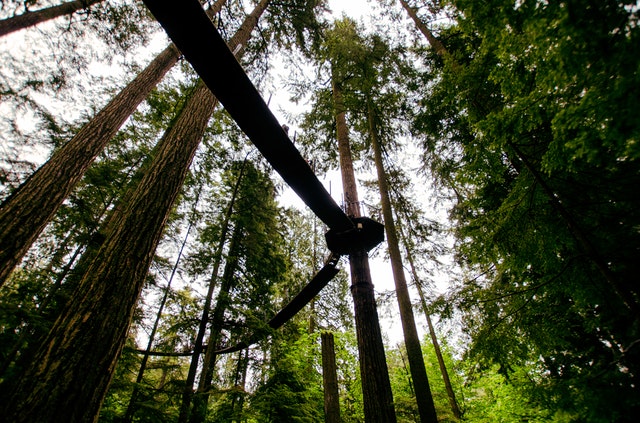

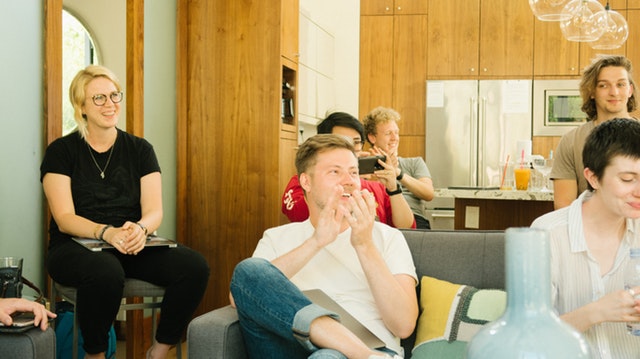


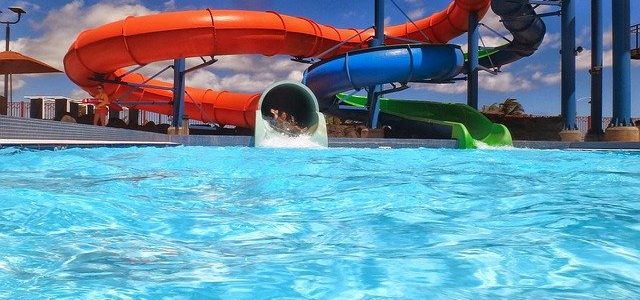
 If your kid is not a fan of the outdoors, there are also indoor school holiday programs running. Particularly, coding camps funded by the government, with
If your kid is not a fan of the outdoors, there are also indoor school holiday programs running. Particularly, coding camps funded by the government, with 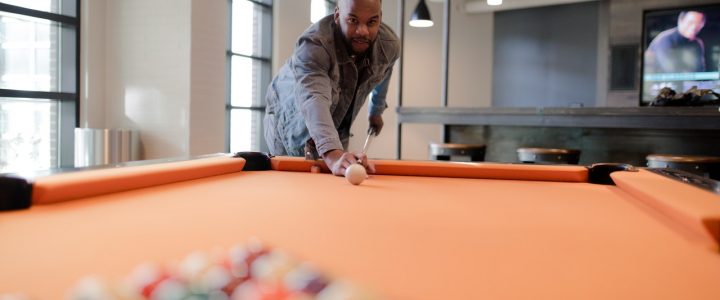
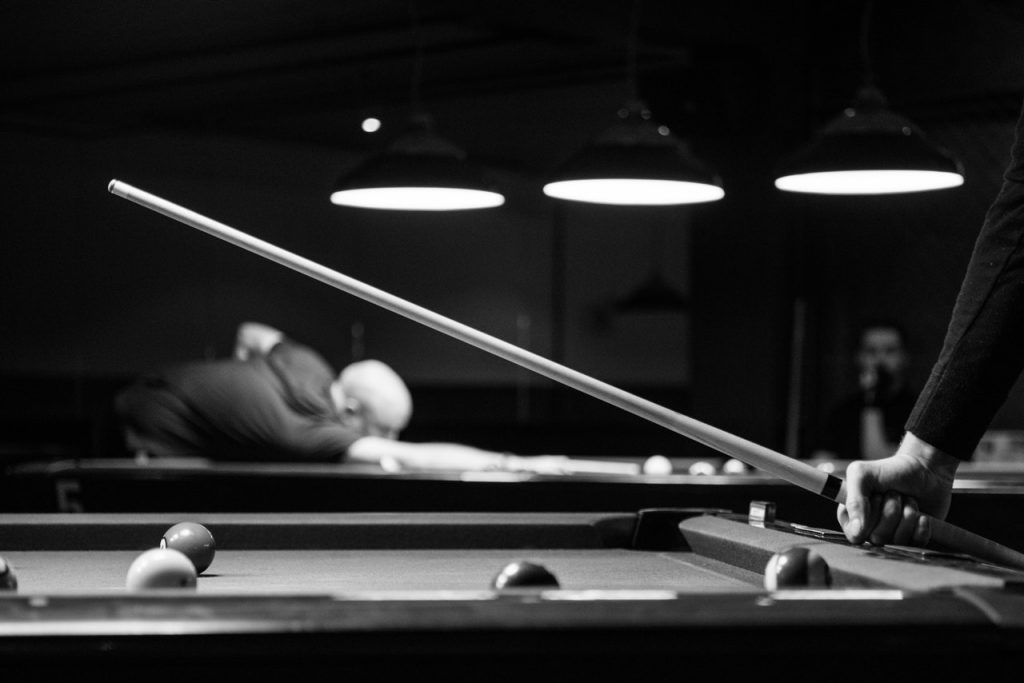 Earl Strickland, an American professional pool player who was nicknamed ‘The Pearl’ and is considered one of the best pool players of all time.
Earl Strickland, an American professional pool player who was nicknamed ‘The Pearl’ and is considered one of the best pool players of all time. 
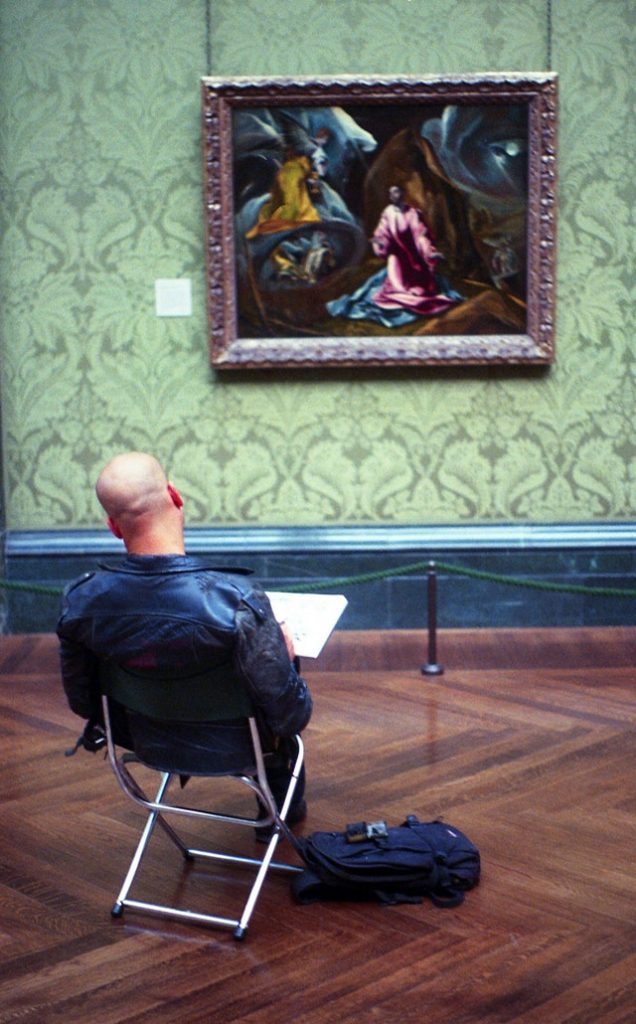
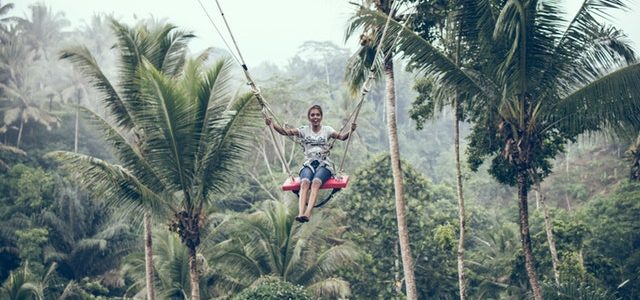







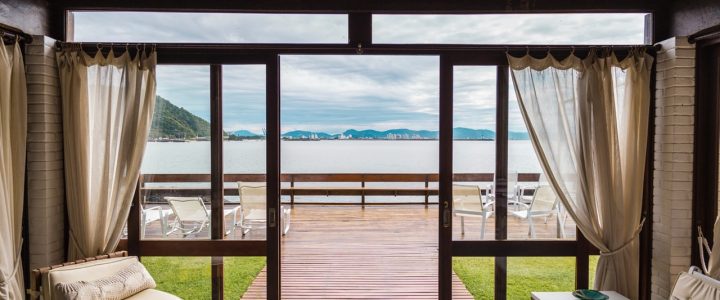




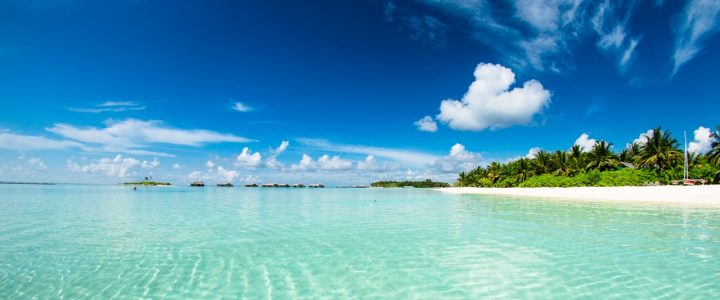


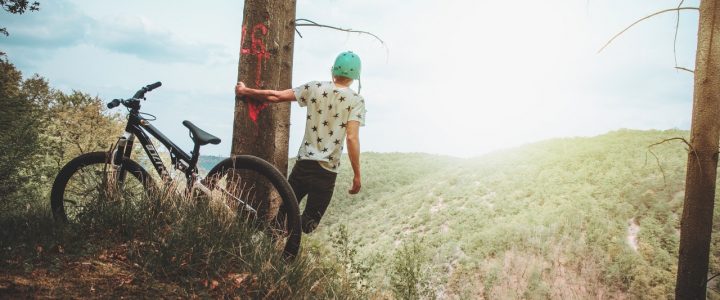

 It’s the unique design of wooden bicycles, and their bespoke
It’s the unique design of wooden bicycles, and their bespoke 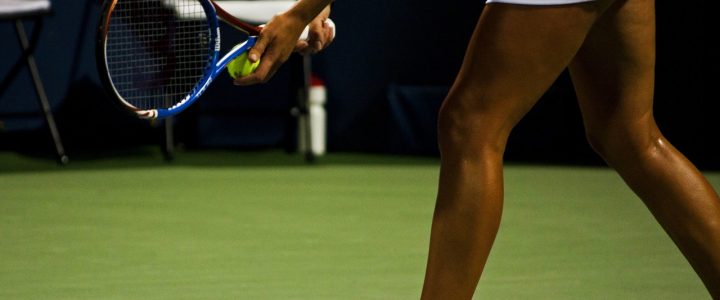
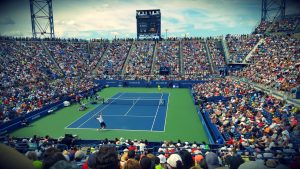




 Constructed in Auckland from 2016, the pop-up Globe Theatre was to mark the 400th year of Shakespeare’s departure and following a few sell-out seasons coming to
Constructed in Auckland from 2016, the pop-up Globe Theatre was to mark the 400th year of Shakespeare’s departure and following a few sell-out seasons coming to 

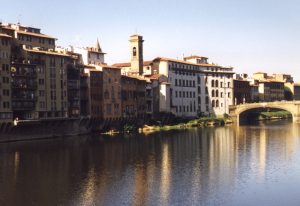

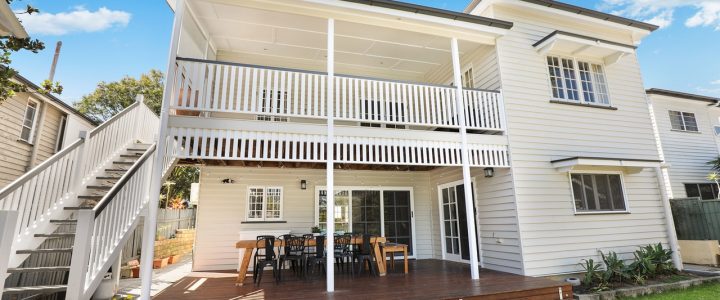
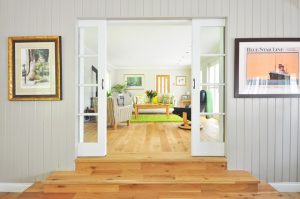 Creating your house from the ground up can be an exceptionally satisfying experience. It offers you the chance to
Creating your house from the ground up can be an exceptionally satisfying experience. It offers you the chance to 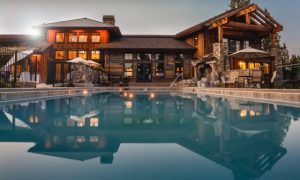 No matter how much you believe the building procedure is most likely to cost, it’s most likely to cost more. There could be any variety of products that aren’t considered in the quote your contractor o ffers you. For example, your home builder is not likely to consider expenses such as electrical and gas metres, NBN connections or window coverings. Products such as landscaping and outside concreting, fences and gates, decking and letterboxes may likewise not be consisted of on the quote. These add-on expenses can especially run over
No matter how much you believe the building procedure is most likely to cost, it’s most likely to cost more. There could be any variety of products that aren’t considered in the quote your contractor o ffers you. For example, your home builder is not likely to consider expenses such as electrical and gas metres, NBN connections or window coverings. Products such as landscaping and outside concreting, fences and gates, decking and letterboxes may likewise not be consisted of on the quote. These add-on expenses can especially run over 
